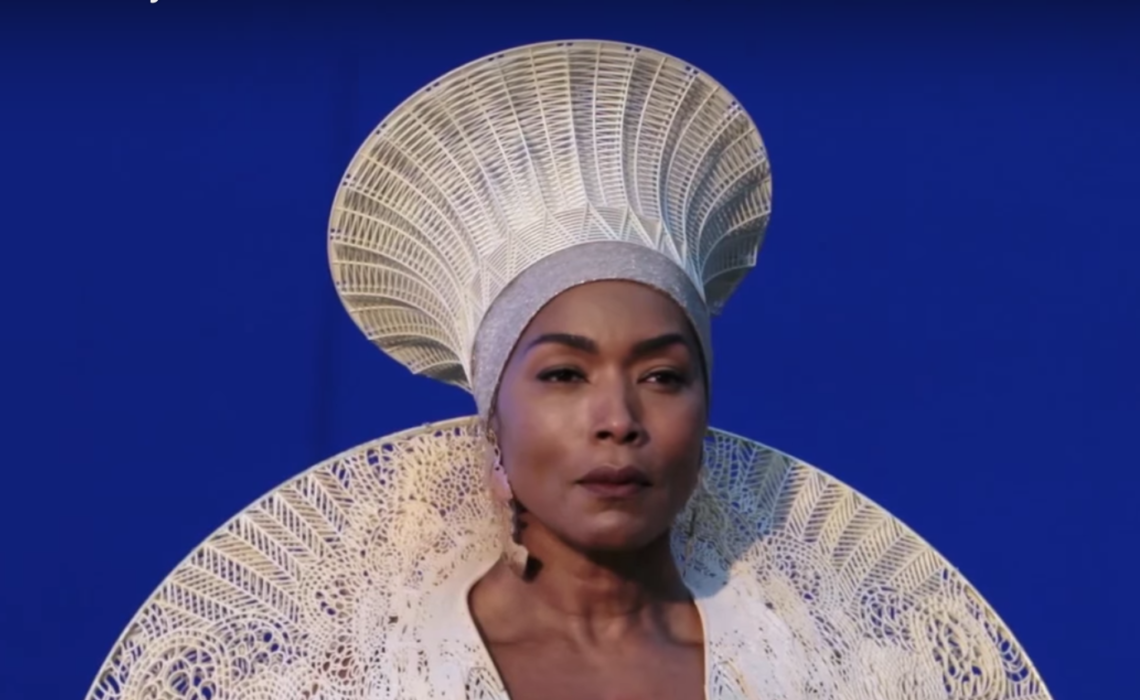
3D printing is quickly becoming a highly useful tool in all industries, be it medical, technological or creative. Costume design in the film industry is no different, as 3D printing allows for quicker production turnarounds, a higher level of intricacy and control over the design and the ability to achieve the best fit possible in a world of unpredictable and tight deadlines.
As with a lot of aspects of film production, the costume department has to be prepared to make sudden changes as quickly as possible. 3D printing allows designers to iterate and print costume parts in a fraction of the time it would take creating pieces by hand. It also cuts down on the time of achieving the correct fit when actors might not have time for the necessary fittings it might take to keep the production process running smoothly.
Many films have used 3D printing to create ornate, realistic and unusual pieces. In Iron Man (2008) and Iron Man 2 (2010), 3D printing was used to create multiple versions of the title character’s iconic suit. Different pieces could be rapidly modeled and then cast in whatever material was needed for that version of the suit, whether it be fiberglass or rubber for example, and then painted to look like metal. Robert Downey Jr.’s hands were scanned to fit him specifically making his comfort in the suit a lot more attainable.
One of the greatest conveniences of 3D printing is this ability to scan people or objects so that a perfect fit can be achieved right off the bat. In Maleficient (2014) a 3D scan of a horse was taken so that a few set of armor could be made to fit it perfectly. This saves a tremendous amount of time and money avoiding sizing mistakes and subsequent alterations.
For Black Panther (2019), costume designer Ruth E. Carter used 3D printing to create ornate headpieces and shoulder mantles for the character of Queen Ramonda and won an Oscar for best costume design for that film. The film takes place in a fictional country where immense technological innovations have taken place, and the pieces were meant to reflect that as well as an African inspiration. The pieces were made from polyamide material, PA 12, which allows for a high level of flexibility, detail and durability, as well as being ideal for skin contact. This is one instance where the level of intricacy and uniformity that 3D printing allows for actually served as an important aspect of the aesthetic of the pieces.
Other films like Prometheus (2012) and Ender’s Game (2013) used 3D printing to create high-tech, realistic looking space helmets, something that would take several weeks to produce otherwise. 3D printing allows for costume designers to create high quality, well-fitting and comfortable pieces for actors even when their schedules keep them from being available during design verification.
While handcrafting can still be an important aspect of creating unique pieces for the highly specific worlds of films, 3D printing allows for a lot more efficiency both in design and in production and helps to bring a sense of reality to the designers’ creations. It also allows for a bit more leeway when it comes to the unpredictability and fast pace of film production. Being able to use digital 3D design to accurately reproduce designers’ ideas expands the realm of possibility when it comes to building worlds, bringing people’s wildest dreams to life.

